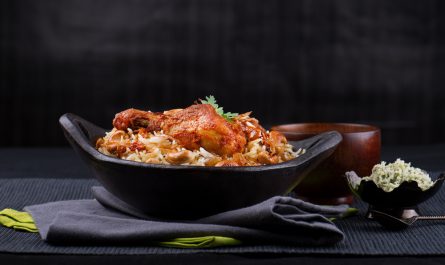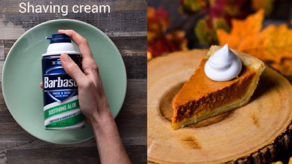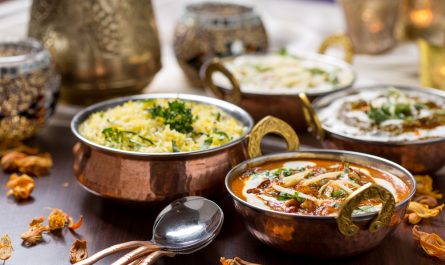Here are some Frequently Asked Questions, that are answered by experienced photographers:
Q1: Why is shooting in RAW mode recommended for food photography?
A1: Shooting in RAW mode with a professional DSLR camera provides greater flexibility for editing the photographs in much more detail later, allowing for adjustments in exposure, white balance, and other settings without losing image quality.
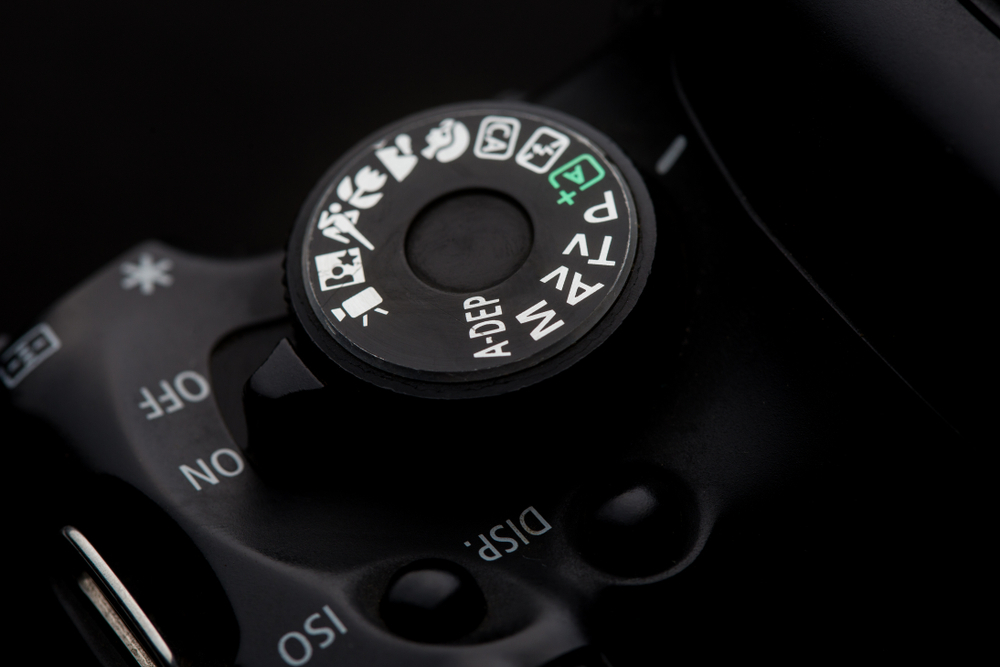
Q2: How does using a tripod benefit food photography?
A2: A tripod stabilizes the camera, avoiding camera shake and allowing for sharper, more detailed images. This stability is crucial for achieving clear shots, especially in low light conditions or when using slow shutter speeds.
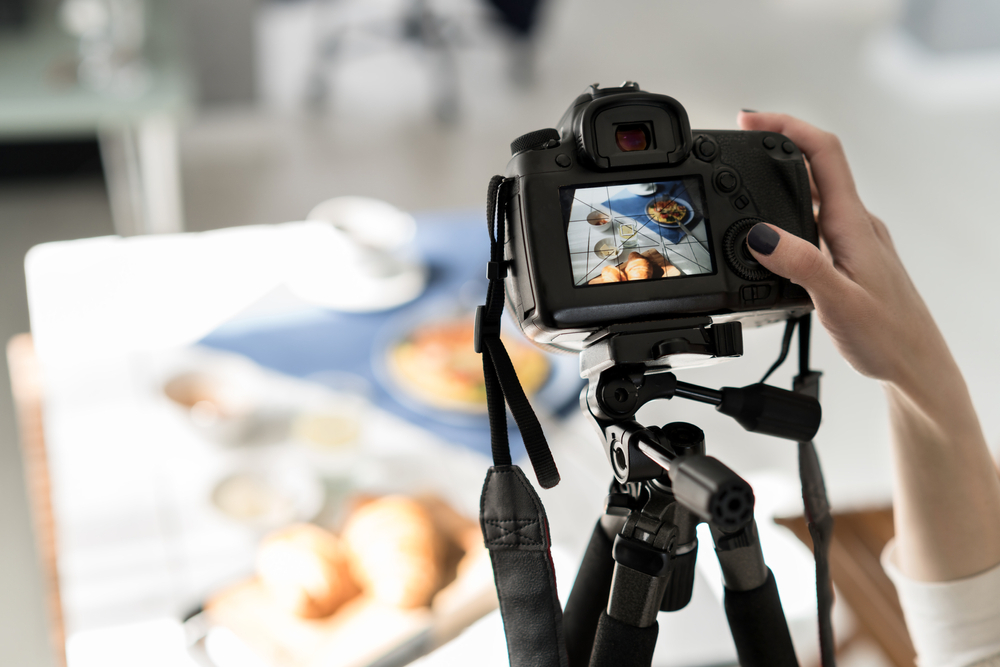
Q3: Why is incorporating movement or motion important in food photography?
A3: Including movement, such as the pouring of water or cream, adds depth and dynamism to food photographs, making them more engaging and visually appealing.
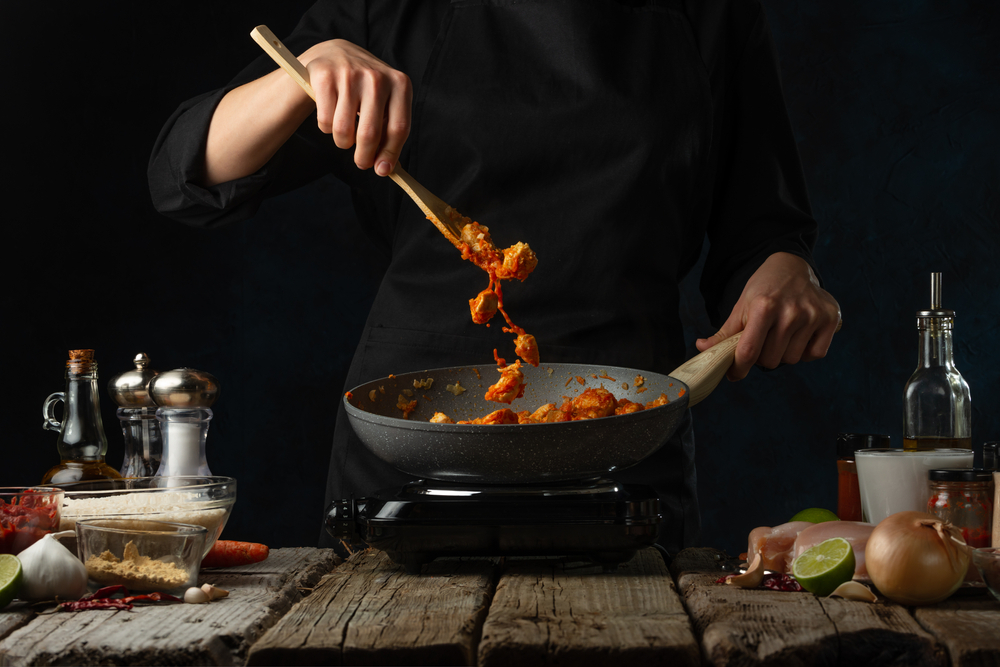
Q4: What is the advantage of experimenting with different heights in food photography?
A4: Experimenting with different heights and angles can add variety and interest to food photographs, helping to showcase the subject from the most flattering perspectives.
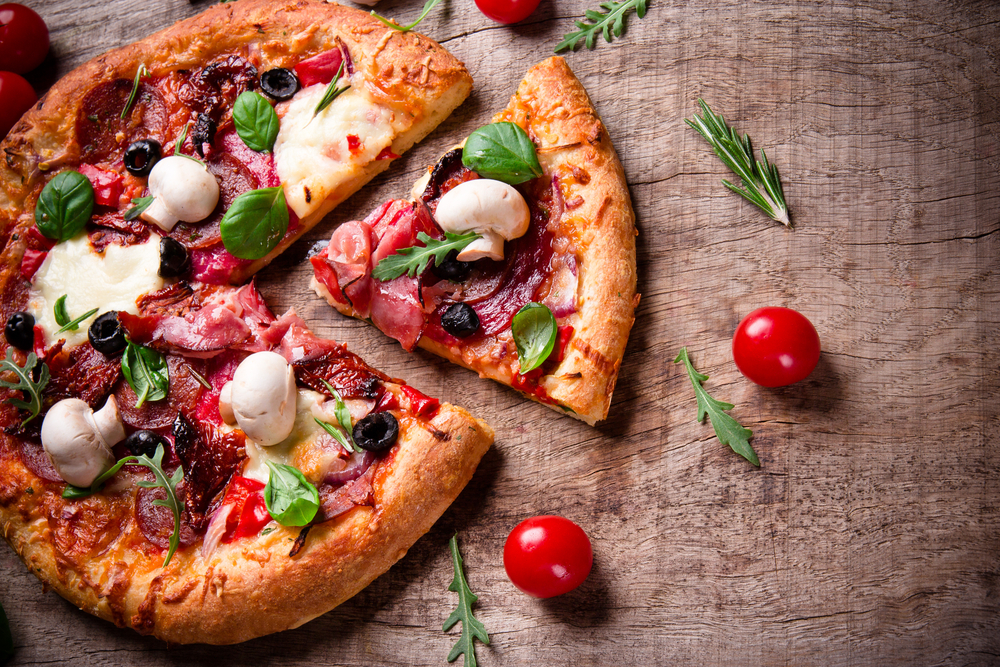
Q5: How does the manual mode enhance food photography?
A5: Manual mode gives photographers complete control over camera settings like shutter speed, aperture, and ISO, enabling more creative and precise adjustments for desired effects.
Q6: Why is the choice of lens important in food photography?
A6: The lens used affects the scale of the photographs and the incorporation of bokeh, influencing how the subject is portrayed and the overall aesthetic of the image.
Q7: How does aperture affect food photography?
A7: Aperture controls the depth of field in an image; a higher aperture (smaller aperture opening) ensures everything in a tablescape is in focus, which is particularly useful when shooting with natural light.
Q8: What role do props play in food photography?
A8: Props and backdrops enhance the visual appeal of food photographs, adding context and supporting the story the photographer wishes to tell, without overshadowing the main subject.
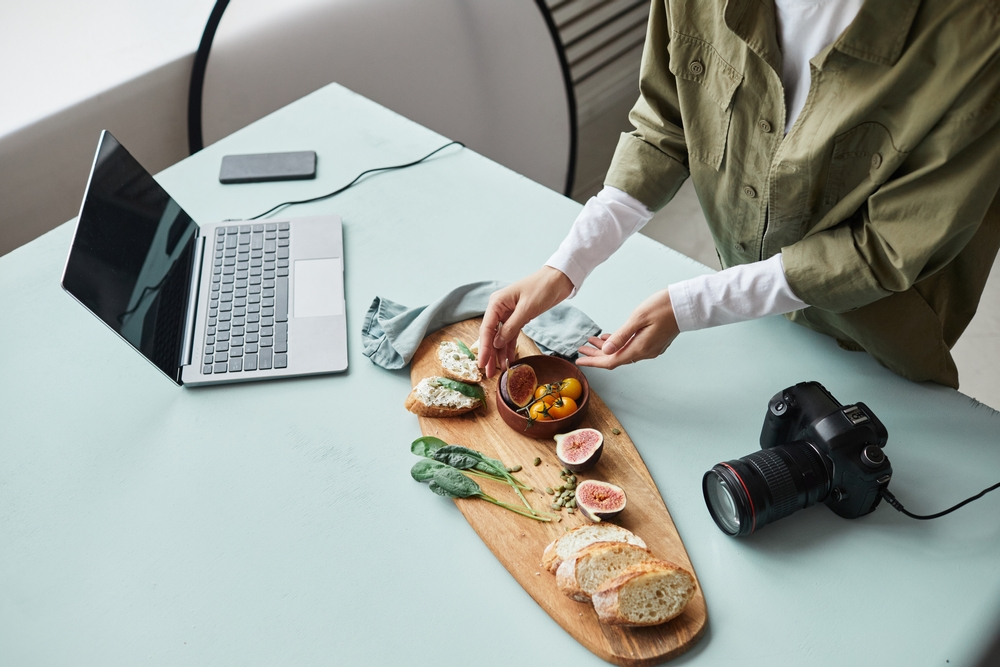
Q9: How can natural light be utilized effectively in food photography?
A9: Natural light, when used effectively, can highlight the textures and colors of the food, creating a more natural and appealing aesthetic compared to harsh artificial lighting.
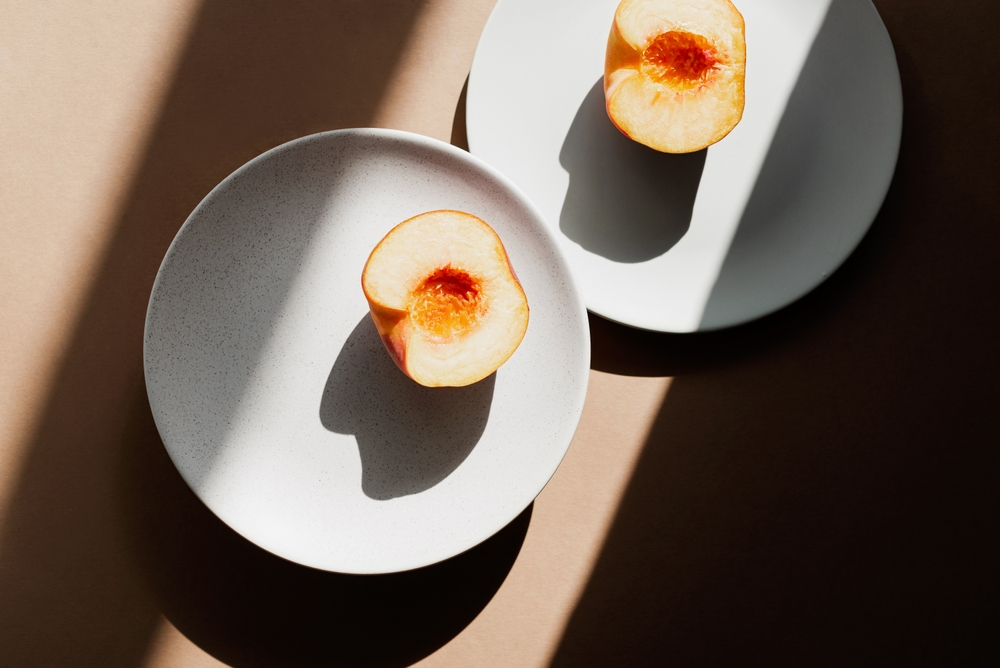
Q10: What are some common angles used in food photography and their effects?
A10: Common angles include the 15-degree angle for showing the full arrangement on a plate, the 25-30 degree angle for adding depth and story, the 45-degree tilt for a more intimate view of the food, and the 90-degree angle for top-down compositions that showcase the layout and design of the food.


